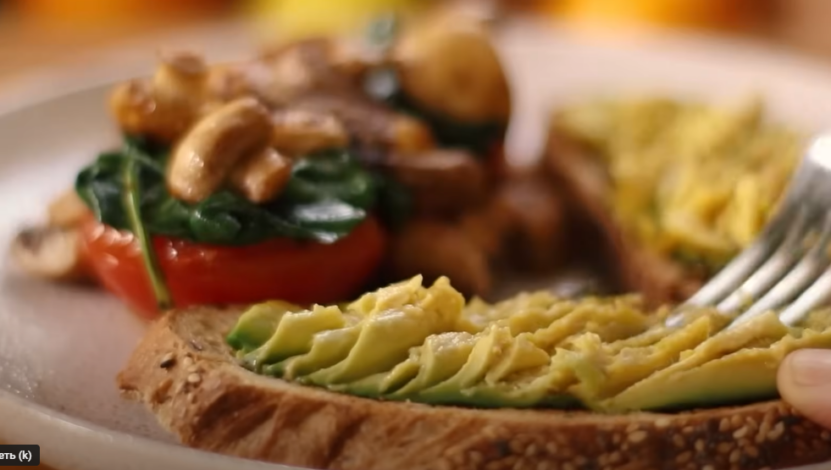Our dietary choices profoundly impact our overall well-being, a truth that has been echoed throughout history. Embracing a diet tailored to our individual needs can be transformative, especially when it’s rooted in scientific understanding. One such diet that has garnered attention for its potential benefits is the GAPS diet, which focuses on nurturing gut health and, in turn, our mental well-being.
GAPS, an acronym for Gut and Psychology Syndrome, is a stringent dietary regimen that emphasizes the elimination of grains, pasteurized dairy, refined carbs, and starchy veggies. The brainchild of Dr. Natasha Campbell-McBride in 2004, the GAPS diet stems from her belief that many neurological conditions arise from a compromised gut. When our gut lining becomes porous, it may allow harmful substances to enter our bloodstream. These invaders, once in our system, can potentially disrupt brain functions, leading to conditions like ADHD, autism, depression, anxiety, and even autoimmune diseases.
Drawing inspiration from the Specific Carbohydrate Diet, crafted in the 1920s by Dr. Sidney Haas for those battling digestive ailments, GAPS is more than just a diet—it’s a holistic approach intended for a commitment of at least two years to reap its full benefits.
Often, GAPS is recommended for individuals exhibiting neurological symptoms, especially if they coincide with signs of gut disturbances. By adhering to the GAPS diet, one might experience:

- Alleviation from food allergy reactions
- Enhanced nutrient absorption
- Diminished digestive discomforts like bloating, gas, and heartburn
Moreover, many have reported tangible benefits such as improved skin clarity, heightened mental focus, reduced inflammation, and weight loss. When juxtaposed with other therapeutic diets like Paleo, Keto, AIP, and FODMAP, GAPS holds its ground. However, it’s crucial to understand that while GAPS aims to bolster gut health, it doesn’t profess to cure any conditions outright.
In essence, our journey with food is deeply personal, and the GAPS diet is a testament to the profound connection between our gut and our mind. As with any dietary shift, it’s essential to consult with a healthcare professional and ensure it aligns with one’s unique needs and health goals.
Switching to a GAPS Diet
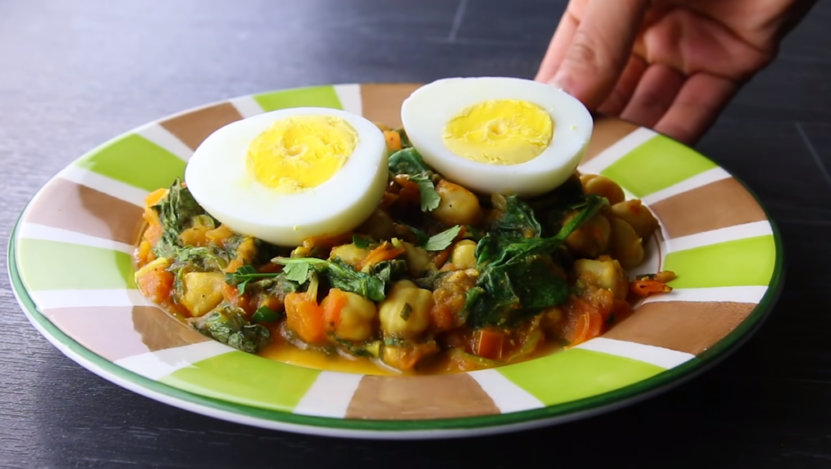
Changing your lifestyle and embracing a new way of eating and living is not an easy task, and with a diet of this nature you need to be sure you will stick with it for the recommended time frame if you want to see the desired results. With GAPS, that means having the motivation to follow it for a minimum of two years. Implementation of the full diet plan is not a step you can take overnight, and since many people need urgent relief from their conditions, we recommend starting with the Introduction diet. This will help clear up your immediate symptoms, usually without the need for medication.
Introduction Diet
The introduction diet offers tremendous healing at a rapid rate, but it needs to be followed closely to get relief as quickly as possible. It includes 6 different stages, after which you should be symptom-free and able to implement the full GAPS diet. During the introduction diet, begin each day with a cup of still water filtered or mineral water at room temperature and a probiotic.
Stage 1
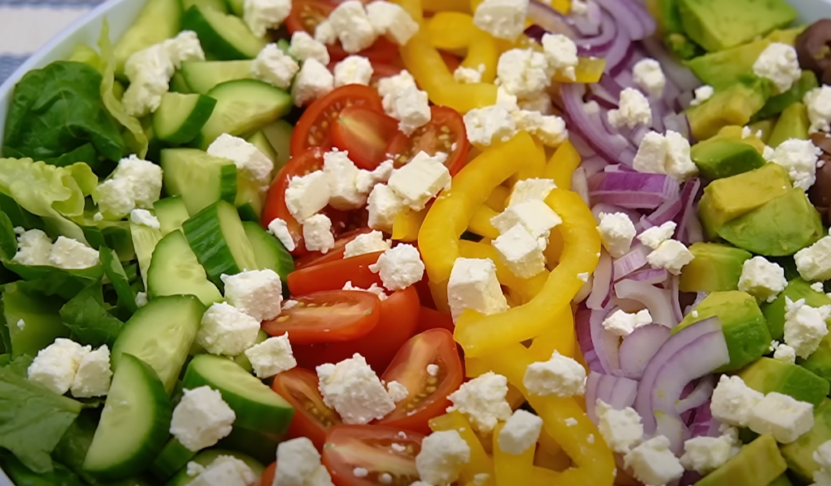
During the first stage, you’re allowed to use only meat and fish stocks for cooking, and foods comprise meats and vegetables without starch or fiber. The stocks help to soothe inflammation and promote cell regeneration in the gut lining, and have been used for healing over the centuries for this reason. Rather than using commercially-available stocks, make your own by boiling meat and bones from fish, poultry or livestock in a large pot of water, adding unprocessed salt and a few crushed black peppercorns. Simmer the pot for up to three hours, then remove the solids and press the stock through a sieve. Keep the meat and soft tissues for soups later, as well as the marrow from large leg bones.
Take regular drinks of warm meat stock both with and between meals, and swallow all the fat in the stock because this is necessary for the healing process. Cook protein and vegetable portions from the list below in the meat stock, too, and eat them without additives. It’s extremely important at this stage of the diet to follow this list 100%:
Protein
- Beef or lamb, boiled in water or simmered in broth
- Chicken or fish, boiled in water or simmered in broth
- Poultry: duck, turkey, and quail boiled in water or simmered in broth
Vegetables
- Bok choy
- Broccoli, no stalks
- Carrots
- Cauliflower, no stalks
- Collard greens
- Eggplant, peeled
- Garlic
- Ginger root
- Kale
- Onions
- Pumpkin (fresh, not canned)
- Summer squash
- Spinach
- Turnips
- Winter squash
- Zucchini
Extras
You can drink herbal teas (chamomile, ginger or mint) at any time of day, including between meals. Make ginger tea by grating a teaspoonful of fresh ginger root into a tea pot and pouring boiling water over it. Leave it for 4 minutes, pour through a small sieve and add raw honey to sweeten.
Adding Probiotics
It’s also important to include probiotic foods from the outset, which can be either dairy- or vegetable-based. Dairy-based probiotics include homemade yogurt or kefir, which has been fermented for 24+ hours. If you aren’t ready for dairy products yet, add some fermented vegetable juice made from homemade sauerkraut liquid or fermented vegetables. Start slowly with 1-2 teaspoons a day for 2-5 days, then 3-4 teaspoons a day for 2-5 days, until you can add a few teaspoons of the probiotic food into every serving of meat stock or soup. Add the probiotics to gently-warmed liquids only, because heat destroys beneficial bacteria.
Stage 2
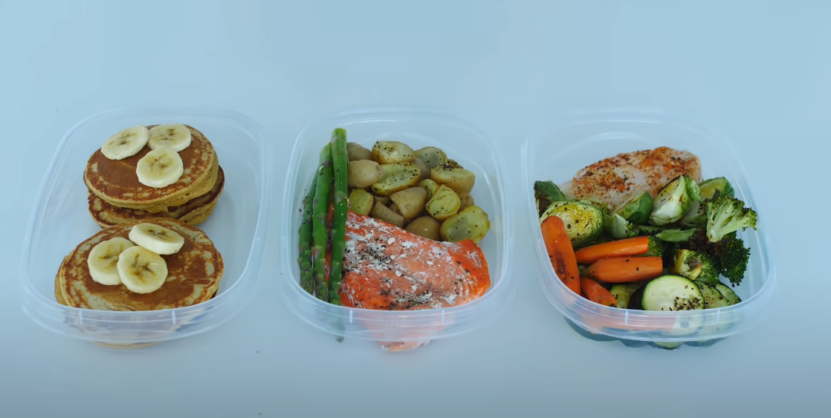
After you’ve followed stage 1 of the introduction diet for at least a week, preferably two, you can move into stage 2. Continue with all the foods in the first stage, including soups with bone marrow, boiled meat and fish or soft tissues. Keep drinking the meat stock and ginger tea, adding probiotic food into every serving of stock or soup and taking a therapeutic probiotic daily. You can increase your daily quantities of homemade yoghurt and kefir, as well as the juice from the sauerkraut, fermented vegetables or your vegetable medley.
New foods to add in Stage 2 include:
- Organic, raw egg yolks, added to your servings of meat stock or soup. Begin with one yolk a day, and increase slowly until you are having one with every liquid portion. When your gut is accepting these well, you can replace them with whole soft-boiled eggs (white included). Use fresh, free range, organic eggs from a trusted source, which will absorb quickly without needing to be digested.
- Stews and casseroles, made with only meat, vegetables, salt and fresh herbs. Ensure each serving contains a medium to high quantity of fresh animal fats, and add probiotic food to every portion.
- Fermented fish, beginning with one piece a day and gradually increasing. You can find recipes for fermented fish here, and another one here.
- Homemade ghee, starting with a single teaspoon a day and increasing the quantity gradually. (Recipe)
- Freshly-pressed juices, which can be used from stage 2 onwards and are particularly good for those suffering from constipation. The juices stimulate the production of bile that helps food to digest. Begin with carrot juice and gradually add the juice of lettuce, mint leaves and celery.
- Pro Tip for Success – Don’t rush it. The longer you take to complete Stages 1 and 2, the more beneficial you’ll find the whole experience. It’s difficult to be patient, especially during the two exceptionally restrictive first stages, but your healing will be so much better than if you move quickly. Spend at least a week (or perhaps even two) on these stages, to heal your gut and food allergies completely and to avoid having to backtrack.
Stage 3
Moving into stage 3 of the GAPS diet has the benefit of starting to get easier. You continue with all the previous foods, and gradually introduce some new items onto your daily menu:
- Eggs can now be scrambled, using plenty of ghee, goose or duck fat to cook them. Eat them with avocado, cooked vegetables, and sliced onion fried in the fat, which is especially beneficial for the immune system.
- Ripe avocado comes into its own, mashed into soups or served with fermented vegetables or eggs. Begin with 1 to 3 teaspoons a day, and increase the amount gradually.
- Pancakes made from vegetables, such as organic nut butter, eggs, and a piece of marrow, courgette or fresh winter squash. Fry them in the ghee or duck fat and avoid burning them.
- Pro Tip for Success -Support your detox efforts by maintaining hydration and encouraging urination. To do this, you need to drink lots of filtered, room temperature water. Add a few drops of fresh lemon juice to the water to encourage your detoxification further, and be sure to drink cups of meat stock between your meals to keep the toxins moving through and out of your bladder and kidneys.
Stage 4

At this point, you’re ready to start slowly moving towards grilled or roasted foods. Continue eating a selection of the previous foods, and add:
Grilled or roasted meat, poultry or fish, eaten with cooked vegetables, sauerkraut or other types of fermented vegetables. Avoid any bits that are burned or too browned.
Cold pressed olive oil, beginning with a few drops added to each meal and increasing slowly until you reach 1 to 2 tablespoons per plateful of food.
Freshly-pressed juices, if you didn’t need them to counter constipation during stage 2. Start with carrot juice. Drink only clear, filtered fresh juices and sip them slowly, diluted with warm water or combined with some of your homemade yoghurt. Increase your intake to around a cup full a day, and once that’s tolerated comfortably you can add juice from lettuce, celery and fresh mint leaves. Drinking these mid-afternoon could give you a pick-me-up you didn’t even know you needed.
Baked bread, made with nuts and seeds ground into the flour. Like the pancakes, the bread is made using nut flour, eggs, a piece of fresh squash, salt and natural animal fat. Eat only a small piece each day to start, and then gradually increase consumption.
Stage 5
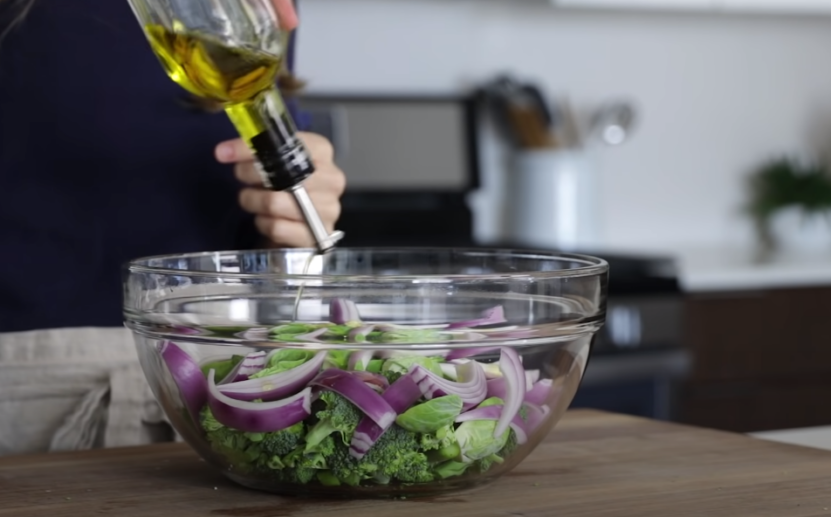
When you’re comfortably eating all the foods in the first four stages, you can enter stage 5. At this point, you can add to your diet:
- Ripe, cooked apples, stewed with a bit of water until soft. Once they are cooked, add some ghee, fresh goose or duck fat, and mash until soft. Try eating just a few spoonsful per day and checking to see how your gut reacts before you increase the amount.
- Raw vegetables, such as the softer parts of lettuce, peeled cucumber, raw carrot, tomato, onion, and cabbage.
- Fruit juices, including apple, mango and pineapple added in small quantities to the vegetable juices. You can also use small quantities of raw honey to sweeten any of the juices or the cooked apple and make them more palatable. Avoid citrus fruit at this stage, which can irritate the lining of your gut with its acidity.
- Pro Tip for Success – It’s normal to develop cravings at this stage of the diet. You’re working to starve off the pathogens harming your gut health, and they don’t go willingly. Instead, they cause you to crave all the foods they need, and if you’re able to withstand the temptation to cheat you might still slip and have too much honey. A little is fine to stabilize your blood sugar, but more than the recommended amount will give you a bout of nausea you likely don’t need.
Stage 6

You’re almost there! Reaching stage 6 doesn’t mean you’re done, however—just that you’re ready to move onto the full GAPS diet plan. At this point, if you’re tolerating all the foods on your list well, you can try some peeled, raw apple, followed by other raw fruits and a slightly higher honey allowance. Slowly start adding baked cakes and the other “sweet” items listed on the full diet. You can use dried fruit as a sweetener when you’re baking.
Between-Meal Snacks
Believe it or not, it’s possible to have snacks while you’re on the Introduction Diet. In addition to your regular cups of warm broth, you can have:
Stage 1:
- Ginger gummies
- Shredded chicken or turkey
- Fat bombs, made by combining 1 part honey with 1 part Stage 1-legal fat
- Cooked vegetables, with a small portion of fat
Stage 2: All of the above, plus
- Soft-boiled eggs
Stage 3: All of the above, plus
- Hard-boiled and scrambled eggs,
- Nut butter pancakes
- Squash soufflé
Stage 4: All of the above, plus
- GAPS Bread (see the recipes in Gut and Psychology Syndrome)
- Gummies made with vegetable juice (here is a good tutorial for homemade gummies in the flavor of your choice)
- Fries made from rutabaga, celeriac, squash, etc.
- Pork cracklings (leftover from rendered lard)
Stage 5: All of the above, plus
- Chips made from dehydrated GAPS-legal vegetables
Stage 6:
At this point you can almost eat the same snacks as you can on the full GAPS diet, which includes everything listed above as well as beef jerky, cooked apples with added ghee and gummies made from fruit and vegetable juice.
Always, always let any diarrhea clear up before you move to the next stage, and if you discover you’re not reacting well at any stage, do a sensitivity test to determine the reason. After you’ve completed the Introduction Diet and your stools are more or less normal, it’s time to move into the full GAPS diet plan.
Implementing the Full GAPS Diet
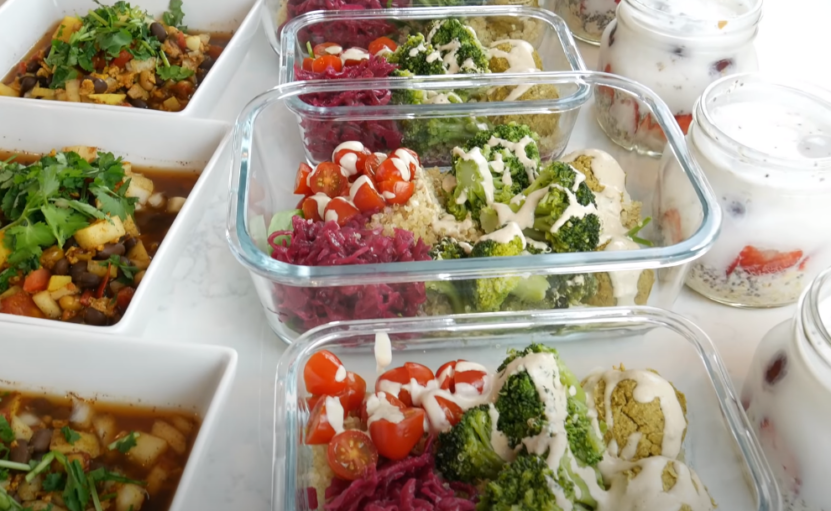
Completing the GAPS Introduction Diet gives you a head start in healing symptoms of leaky gut and its related conditions, but it’s too restrictive to stay on it for an extended period of time. The Introduction Diet should ideally take one to two months, spending one or two weeks each on Stages 1 and 2. After that, spend approximately one week each on stages 3 to 6, moving on to the next stage as soon as you’re able to tolerate all the foods in the current stage. After that, it’s important to implement the full diet, which is much less restrictive but continues to eliminate all sugars from your eating plan. These include grains, all sweeteners except raw honey, and starchy vegetables.
Once you’re on the full GAPS diet, you should be able to tolerate nourishing foods such as fermented dairy and vegetables, nuts and seeds, meat, chicken and fish and oils such as coconut and olive. This lifestyle delivers best results when it’s followed for a minimum of 2 years, but if your healing needs are less severe a 6-week stretch could be extremely beneficial.
Between-Meal Snacks
If you’re into making your own snacks for between meals, you can usually find a version of your favorite snack that’s GAPS-friendly. Google the name plus the word GAPS and see what comes up. If you don’t find anything, try looking for a paleo version. Then check the ingredients and substitute for similar items where necessary. Here are a few things to try:
- Home-made ice-cream, for those who are dairy tolerant. Make it fruit- and sugar-free
- The Healthiest Ice Cream Ever – it’s fruit and sugar free
- Baked goods and crackers made with coconut flour and/or small amounts of baking soda
- Bacon, uncured, with no sugar or additives
Here’s a full list of great GAPS-legal snacks and recipes you can try.
FAQ
1. What is the primary goal of the GAPS diet?
The primary goal of the GAPS diet is to nurture and repair the gut lining, which in turn can potentially alleviate various neurological and autoimmune conditions linked to a compromised gut.
2. Who is Dr. Natasha Campbell-McBride?
Dr. Natasha Campbell-McBride is a medical doctor who designed and named the GAPS diet in 2004. She developed the diet based on her belief that many neurological conditions are rooted in a compromised gut.
3. Are there any side effects to starting the diet?
Some individuals might experience detox symptoms, such as headaches, fatigue, or digestive discomfort, as their body adjusts to the new dietary regimen. It’s essential to consult a healthcare professional before starting the diet.
4. Can vegetarians or vegans follow the GAPS diet?
The GAPS diet is heavily reliant on animal products, especially in the initial stages. While adaptations can be made, it might be challenging for vegetarians and especially vegans. It’s crucial to ensure adequate nutrient intake if making modifications.
5. How does the diet differ from other popular diets like Keto or Paleo?
While there are similarities, the GAPS diet is specifically designed to heal the gut lining and address neurological conditions. It emphasizes bone broths, fermented foods, and the elimination of specific food groups in stages, unlike Keto or Paleo.
6. Is it safe for children to be on the GAPS diet?
While the GAPS diet can be beneficial for children, especially those with specific conditions like ADHD or autism, it’s essential to consult with a pediatrician or nutritionist to ensure the child’s nutritional needs are met.
7. How long should one stay on the GAPS diet?
The GAPS diet is intended to be a therapeutic diet that one follows for a minimum of two years to achieve maximum benefits. However, individual needs may vary, and it’s essential to listen to one’s body and consult with a healthcare professional.
In Conclusion
In the vast realm of healthcare, few approaches can genuinely be labeled as a panacea. The GAPS diet, grounded in its principles, doesn’t claim to be a universal remedy but rather a targeted strategy for addressing digestive challenges, especially leaky gut syndrome. Research suggests that this condition might be intertwined with autoimmune and cognitive disorders. Thus, by addressing the root cause – the gut – one might indirectly alleviate related health issues.
What sets the GAPS diet apart is its straightforwardness. It doesn’t demand extravagant purchases or a complete overhaul of your pantry. Instead, it emphasizes mindful choices about the foods you already consume and the way they’re prepared. Ultimately, the success of this diet hinges on one’s commitment to prioritizing their well-being.
In conclusion, our health journey is deeply personal and ever-evolving. The GAPS diet offers a structured path for those seeking to mend their gut health. As with any health endeavor, it’s essential to be informed, consult professionals, and most importantly, listen to one’s body. After all, the journey to wellness is as much about understanding oneself as it is about understanding the science.
